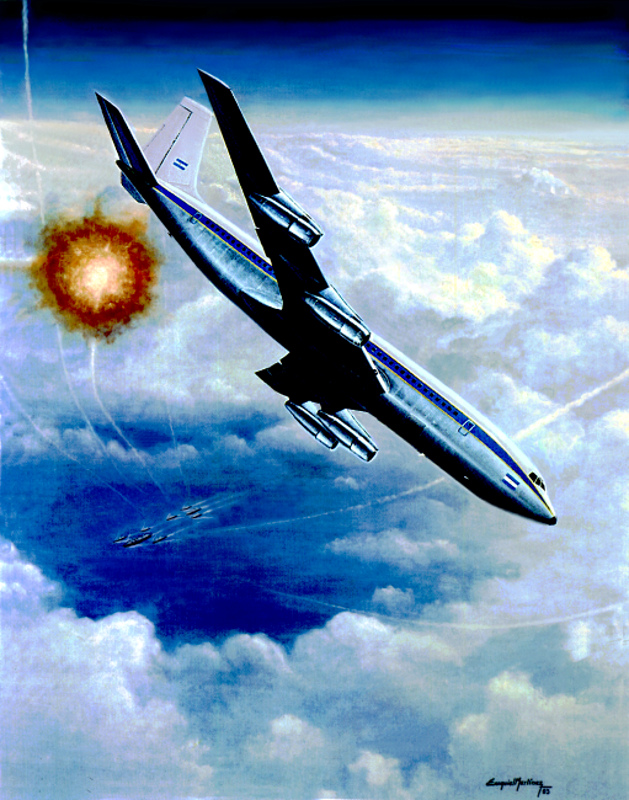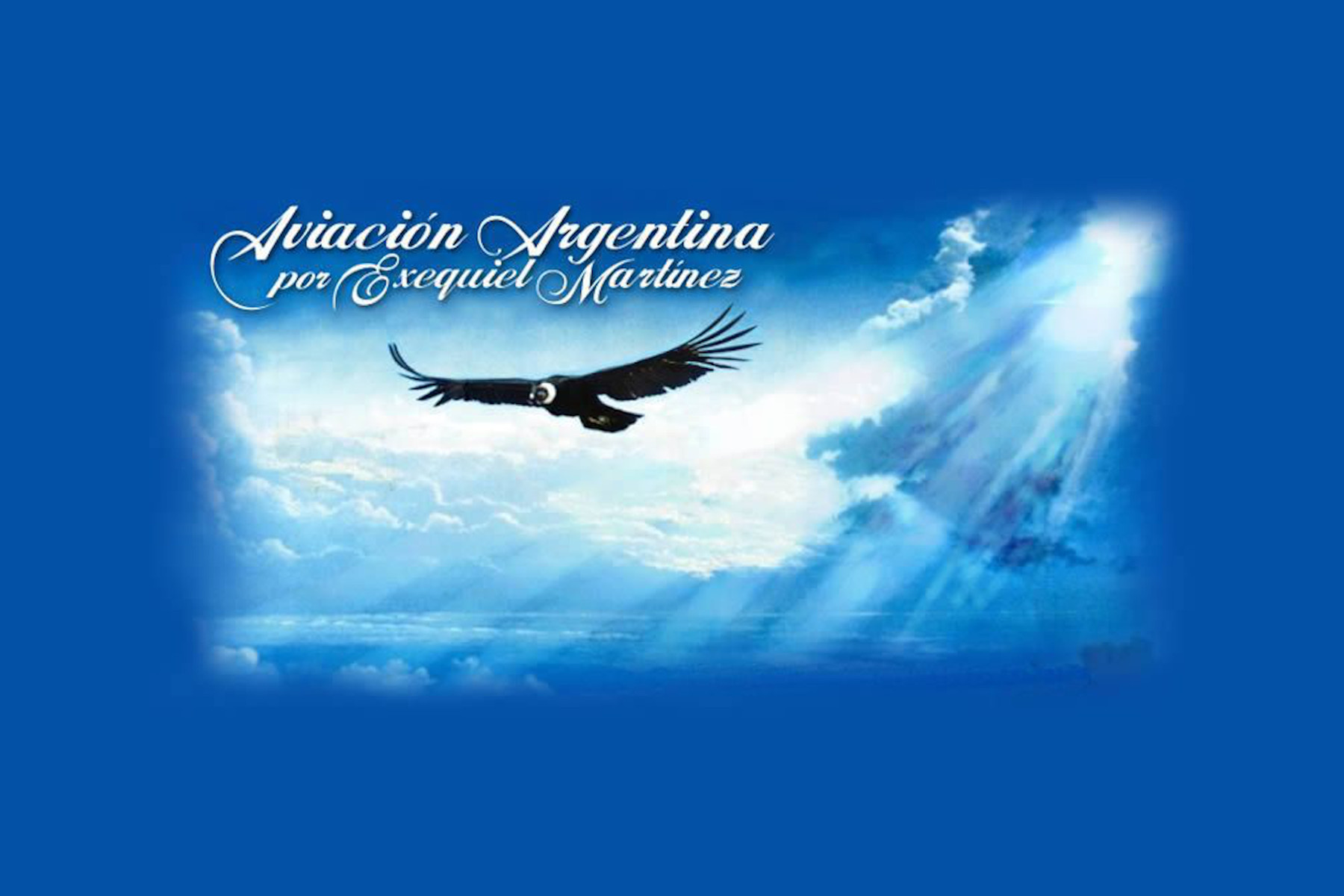
ACROBACY BY A GIANT
We needed information about the position of the enemy ships on their way to the Theater of Operations. Obsolete Nepute went out of service shortly after they started their operations. As the Navy did not have suitable aircraft for this mission the only possibility was to use the Boeing 707 and Lockheed C-130 of the FAA.
On 22-May-82 Boeing 707 B (TC-92) from the Fuerza Aérea Argentina, now acting as look out over the ocean was flying at 13,000mt over the South Atlantic and roughly 1,200 NM to the east of Río de Janeiro. They were normally looking for British ships on their way to the South Atlantic from Ascension Is.
When the radar told the crew that there were some plots on the surface they flew towards these and to their surprise they were able to find Atlantic Conveyor (a container ship loaded with planes, helicopters, valuable spare parts, etc) being escorted by several war ships.
What they did not expect was that part of the escort were the D42 HMS Cardiff and HMS Bristol. The on board computer calculates how to shoot down the plane based on the trajectory, the target position, time of flight of the missile based on the information supplied by the radar. It does not chase the plane from behind but it flies towards a point in which it will intersect the plane.
Vicecomodoro O. RITONDALE, pilot of the B-707 had no time to think. A crew member saw the missile climbing towards the large plane. He grabbed the commands and when the missile was close he dramatically reduced the throtle of the 4 engines, deployed the air brakes and started a dive towards the opposite side. By doing this he changed the point of impact and the plane is able to do this but the missile can’t due to its supersonic speed and small control surfaces. Given such a short distance it cannot follow the speed reduction and change of direction of its intended target. Had it been a football (soccer) game Rotondale would have stopped running, step on the ball and made the British player continue on. Two dark cylinders passed no more than 50 meters away from his nose, a Sea Dart exploded harmlessly where the plane would have been. Another Sea Dart and new fly by of another Sea Dart close to the cockpit.
After dodging 4 missiles they turned Noreast and flew away low over the ocean until they were able to confirm that they had escaped the radar lobe (and thus the missiles).
They had played a “picadito” (informal football game) with the Sea Darts and had won with skill. Each Sea Dart is as expensive as a combat plane.
When they calmed down they started to inspect the 4 engined plane (engines, structure, commands, instruments, etc) and nothing had been damaged…the noble 707 was still flying tranquil and confident as if had been a standard passenger plane flying towards Buenos Aires. When they landed back at El Palomar they found part of the fuselage and the vertical tail surface stained in light brown…the close fly by of the Sea Dart.
Rest of the crew were Vicecomodoro W.D. BARBERO, Suboficial Principal A. ROSALES, Suboficial Auxiliar J. AMENGUAL, Suboficial Mayor O. VIGNOLO, Suboficial Principal G.F. ROQUE ALLENDE and Cabo Principal L.C. Enrique RITONDALE and BARBERO told the story to the autor in Resistencia Airport while having a coffee after unloading their cargo during the floods of 1983, still flying the Dodging 707. The author would then deliver the goods in the flooded areas using his Bell 212 “Chaco” (nom du guerre given in San Julian in 1982 during the battle for the Malvinas).
